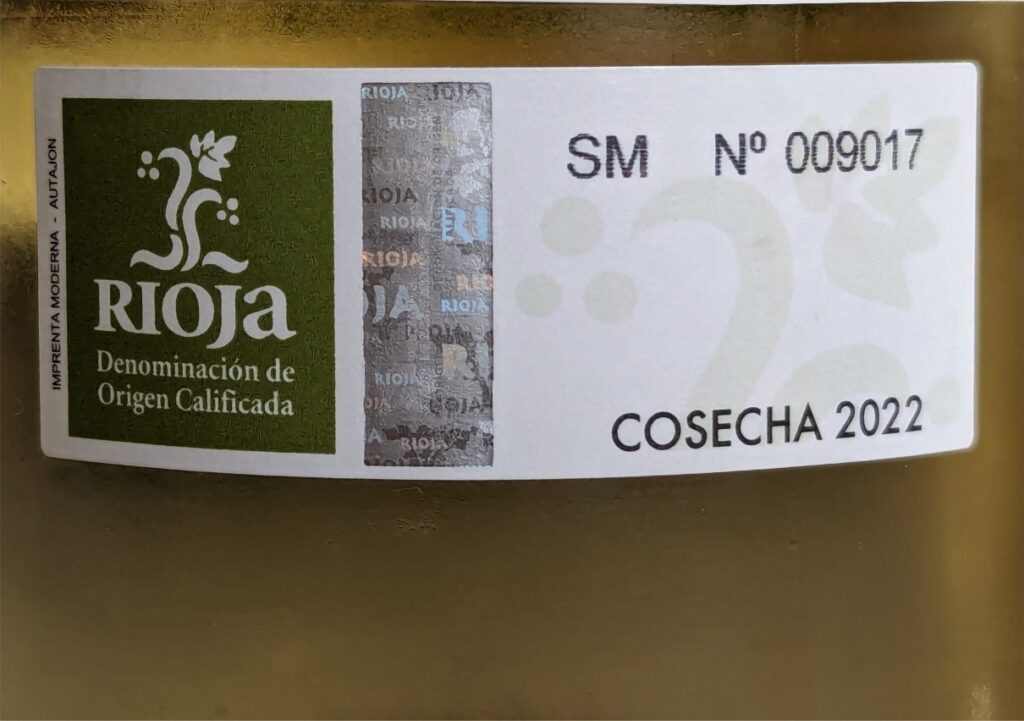
The Spanish wine industry has long experienced tension between innovation and tradition, particularly concerning the DOC system and efforts to modernise. This raises the question, does the DOC system truly have positive impact on wineries and consumers?
New research Determining the influence of belonging to a wine protected designation of origin on profitability, by researchers from Department of Economics and Business, University of Lleida, Spain, provides insights for wine buyers interested in Spanish wines. The study examines how membership in a Protected Designation of Origin (PDO), including Qualified Designations of Origin and Denominations of Origin, affects the the perceived quality of wineries as well as profitability for the wineries.
For wine buyers, PDO labels on Spanish wines signal that the wine has been produced in a specific region according to strict quality criteria. This study confirms that PDO membership generally correlates with higher profitability for wineries, suggesting that these wines are often of higher quality. By analysing a sample of 1182 Spanish wineries, the researchers found that wineries belonging to PDOs tend to have better profit margins, indicating higher quality and consumer preference.
The study highlights that smaller wineries particularly benefit from PDO membership, as it enhances brand recognition and assures buyers of consistent quality. For a wine buyer, choosing a PDO wine often means choosing a wine with a well-established reputation for quality.
For larger wineries, the benefits of PDO membership are less pronounced. Larger wineries often have more resources and established brands, which means they may not rely as heavily on the collective reputation that PDOs provide. These wineries can invest significantly in marketing, quality control and innovation independently of the PDO system. As a result, they may find the regulatory constraints of PDO membership somewhat limiting.
Literature reviewed in the study supports the idea that geographical origin is crucial in shaping wine quality and market positioning. It aligns with previous findings that PDOs guide Spanish wineries towards higher quality production, enhancing their international recognition. However, it’s noted that some great wineries may avoid PDO membership due to associated costs and regulations, which might limit their innovation.
For wine buyers, this study underscores the significance of PDO labels when selecting Spanish wines. The study also reassures buyers that small wineries benefit significantly from PDOs, meaning your purchase supports these producers’ ability to compete in the market.













